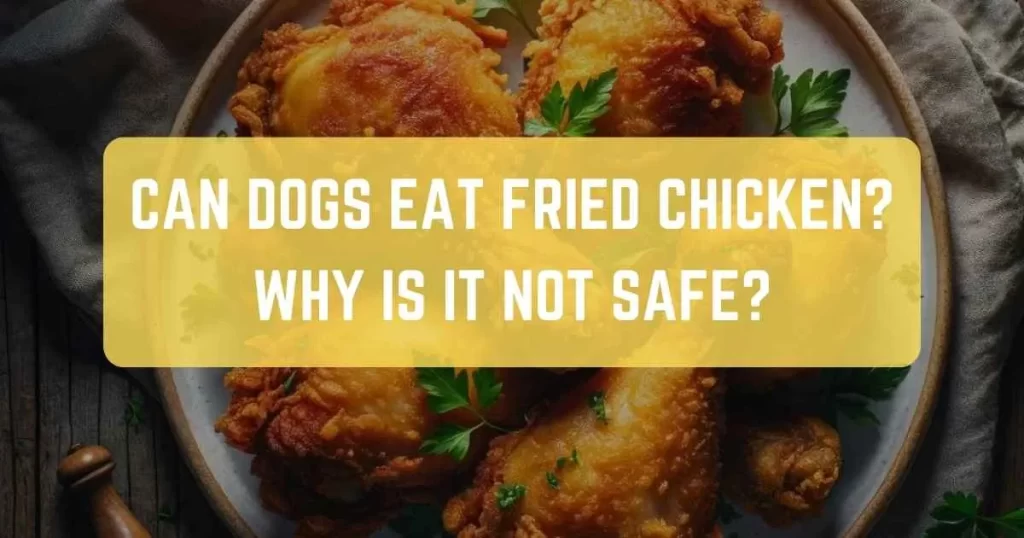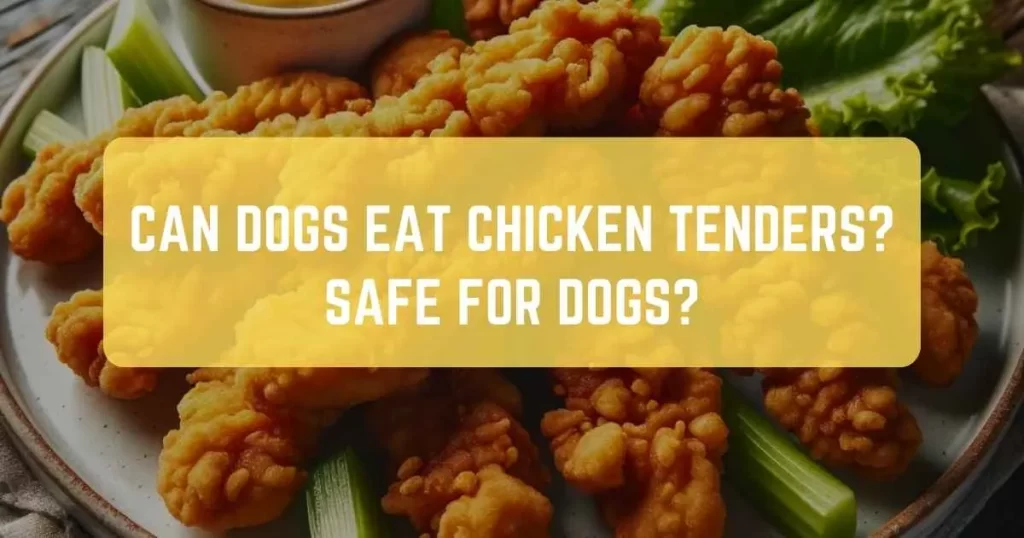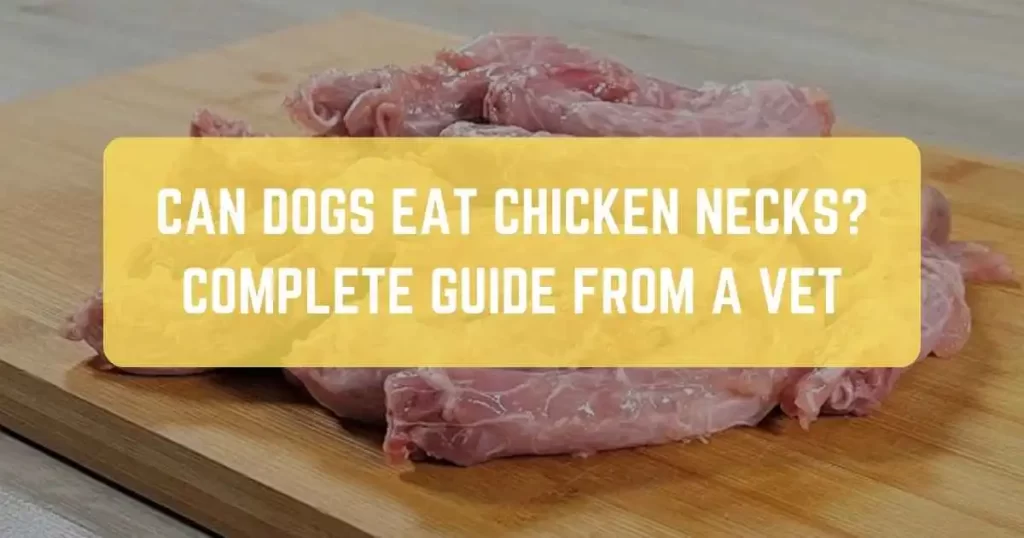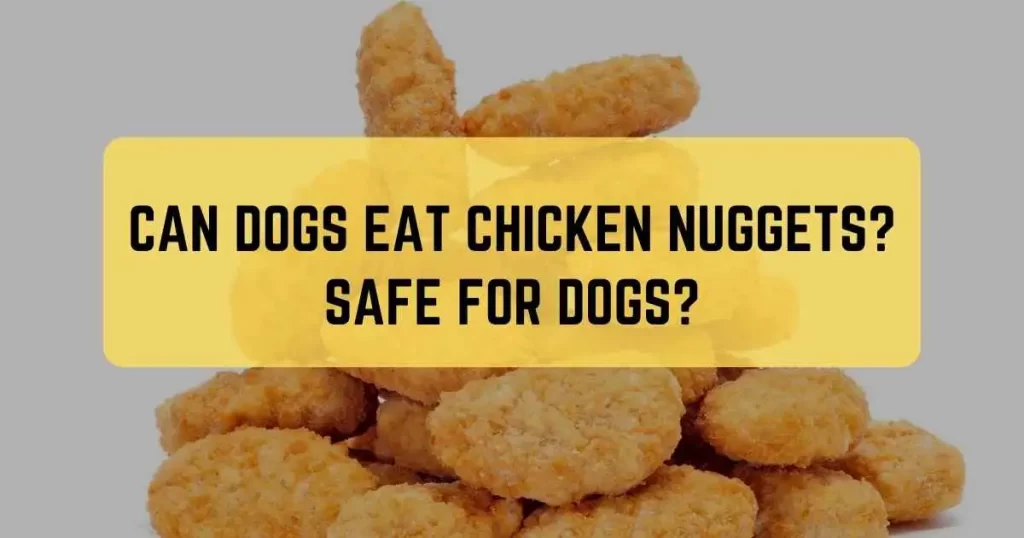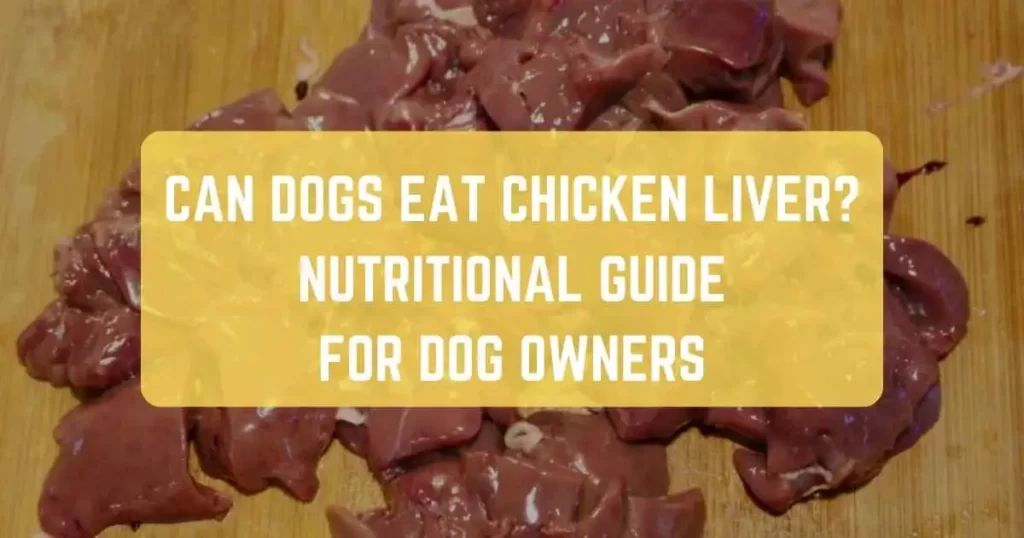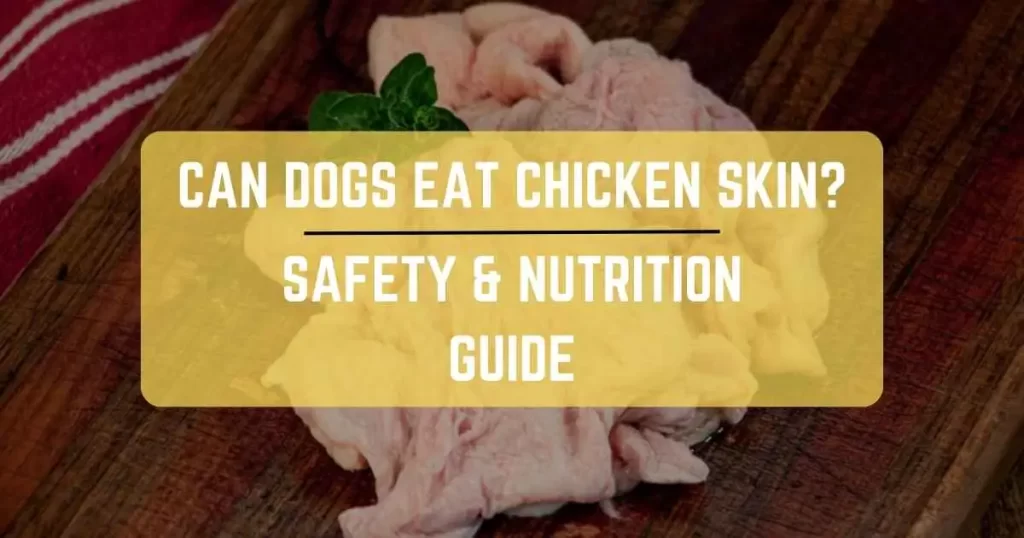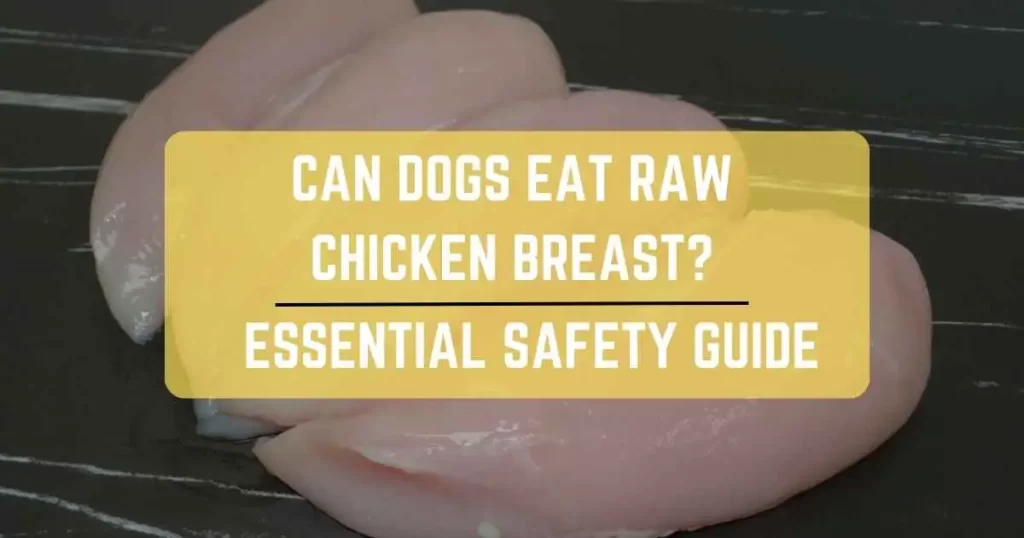
When it comes to the dietary choices for our furry companions, pet owners often find themselves in a whirlwind of information and recommendations. One topic that frequently arises is whether it’s safe to feed dogs raw chicken breast.
In this comprehensive guide, we’ll delve into the nutritional content of raw chicken breast, explore the potential risks associated with it, and provide essential guidelines on how to safely incorporate it into your dog’s diet.
We’ll also address the crucial aspect of individual variability in dogs’ dietary needs and offer alternatives to raw chicken breast. By the end, you’ll have a well-rounded understanding of this canine culinary conundrum.
Can Dogs Eat Raw Chicken Breast?
Yes, dogs can eat raw chicken breast. It provides high-quality protein, vitamins, and minerals, but precautions are vital due to bacterial and parasitic risks. Always source from reputable suppliers, wash thoroughly, cut into small pieces, freeze to kill parasites, and monitor your dog closely for adverse reactions,
Nutritional Content of Raw Chicken Breast
Raw chicken breast is undeniably rich in essential nutrients, making it an attractive option for many dog owners. Here’s a breakdown of its nutritional profile:
- Protein: Raw chicken breast is a great source of high-quality protein, essential for muscle growth and overall health.
- Vitamins: It contains various vitamins, including B-complex vitamins like B3 (niacin), B6 (pyridoxine), and B12 (cobalamin), as well as vitamin D.
- Minerals: Chicken breast provides minerals such as phosphorus, selenium, and potassium.
- Healthy Fats: While lower in fat compared to other cuts, it still contains some healthy fats.
- Hydration: Raw chicken breast has a high moisture content, aiding in hydration.
Risks Associated with Feeding Raw Chicken Breast
While raw chicken breast can provide nutritional benefits for dogs, there are several risks associated with feeding it to your furry companion:
- Bacterial contamination (Salmonella, Campylobacter): Raw chicken is notorious for harboring harmful bacteria, like Salmonella and Campylobacter, which can cause serious gastrointestinal issues in dogs.
- Parasitic infections (Toxoplasma, E. coli): Raw chicken may also contain parasites like Toxoplasma and E. coli, posing a threat to your dog’s health.
- Risk of bones: Consuming raw chicken bones can lead to choking or cause splinters that may harm your dog’s digestive tract.
- Nutritional imbalances: Feeding only raw chicken breast may result in nutritional imbalances in your dog’s diet, as it lacks some essential nutrients.
- Allergies and sensitivities: Just like humans, dogs can develop allergies or sensitivities to specific foods, including raw chicken breast.
How to safely feed dogs raw chicken breast:
If you decide to incorporate raw chicken breast into your dog’s diet, it’s essential to follow specific safety precautions:
- Buy chicken breast from a reputable source: Ensure that the chicken breast you purchase is of high quality and sourced from a trusted supplier.
- Wash the chicken breast thoroughly: Before feeding it to your dog, rinse the chicken breast under running water to remove any potential contaminants.
- Cut the chicken breast into small pieces: Reducing the size of the chicken pieces minimizes the risk of choking, making it safer for your dog to consume.
- Freeze the chicken breast: Freeze it for at least 48 hours before feeding it to your dog. This helps kill any potential parasites and pathogens that may be present in raw meat.
- Monitor your dog closely: After feeding them raw chicken breast, observe your dog for any adverse reactions or signs of illness. If you notice any unusual symptoms, consult your veterinarian immediately.
Amount to Feed Raw Chicken Breast
When it comes to the quantity of raw chicken breast to feed your dog, moderation is key. Limit it to less than 15% of your dog’s total daily intake. Start with small amounts and closely monitor your dog’s reaction. The appropriate amount may vary depending on factors such as your dog’s weight, age, and activity level. Keep in mind that raw chicken breast should only be a part of your dog’s overall diet and not the sole source of nutrition.
Individual Variability
Recognizing that every dog is unique is essential when introducing new foods into their diet. Pay attention to your dog’s specific needs and reactions. Some dogs may tolerate raw chicken breast well, while others may experience digestive issues or allergies. If your dog shows any adverse reactions, it’s crucial to adjust their diet accordingly. Regularly monitor your dog’s overall health and consult with your veterinarian to ensure they are receiving a balanced diet that meets their specific requirements.
Alternatives to Raw Chicken Breast
If you decide that raw chicken breast may not be the best option for your dog, there are plenty of alternative protein sources and dog food options to consider:
- Commercial dog food: High-quality commercial dog food is specially formulated to meet your dog’s nutritional needs.
- Cooked chicken: Cooked chicken without bones or seasoning can be a safe and healthy addition to your dog’s diet.
- Raw dog food: Consider commercially prepared raw dog food that is carefully balanced to provide the necessary nutrients without the risks associated with handling raw meat.
- Other raw meats: Explore other options like raw beef or turkey, but always follow the same safety precautions as with raw chicken breast.
Final thoughts
In conclusion, while dogs can eat raw chicken breast, it comes with potential risks that must be carefully managed. The nutritional content of raw chicken breast can be beneficial, but it should only be a small part of your dog’s diet. Proper handling, hygiene, and monitoring are essential to prevent bacterial contamination and ensure your dog’s safety.
Remember that individual dogs may react differently to raw chicken breast, so be attentive to their specific needs and consult with your veterinarian if you have any concerns.
Ultimately, the decision to feed raw chicken breast to your dog should be made with a full understanding of the potential benefits and risks, as well as consideration for your dog’s overall health and well-being.
Frequently Asked Questions
Can Puppies Have Raw Chicken Breast?
Yes, puppies can have raw chicken breast, but it comes with risks. Raw chicken may contain harmful bacteria or parasites, so it’s crucial to handle and store it safely. Consult your veterinarian to ensure it’s appropriate for your puppy’s specific dietary needs.
What to do if a Dog Eats Raw Chicken Breasts?
Yes, if your dog consumes raw chicken breast, monitor them for symptoms like vomiting or diarrhea. Contact your vet immediately if signs of illness appear. It’s crucial to act promptly to address potential health risks associated with raw poultry ingestion.
Can Dogs Eat Raw Chicken Breast Fillets?
Yes, dogs can eat raw chicken breast fillets, but it comes with risks. While they provide protein and nutrients, there’s a danger of bacterial contamination like Salmonella and Campylobacter. Proper handling, freezing, and monitoring are crucial to minimize health hazards.

